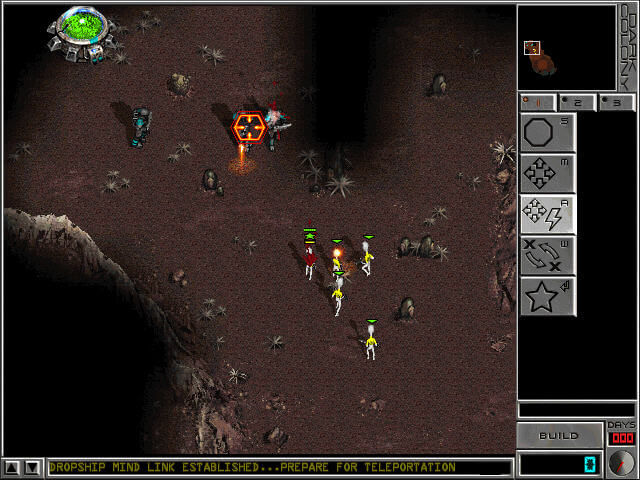

The field is now at an inflection point, fuelled partly by the pandemic. Although bat immunity is poorly understood, its consequences are clear: bats are thought to be the source of various catastrophic viral outbreaks in humans. Of particular interest is the bat immune system, especially its ability to tolerate viruses that are deadly to people and other mammals - from Ebola to Nipah and severe acute respiratory syndrome (SARS). Attendance at talks and conferences about bats is rising - at one symposium hosted last year in the United States, there were 30% more participants compared with the same event organized before the pandemic - and funders are ploughing money into studies of bats and infectious diseases: in 2021, for instance, both China and the United States announced specific funding pots for research into bats and viruses. Wang’s research niche has become more crowded since the emergence of SARS-CoV-2. Credit: Randy Foo, Duke-NUS Medical School Researchers at a bat colony in Singapore perform a health check on a young cave nectar bat. “Bats have become a hot topic,” says Wang. They have shared bat tissue with about a dozen teams around the world. Now that the bats are breeding productively, the team’s research can be replicated more easily. The colony was set up by Lin-fa Wang, a virologist at Duke–NUS Medical School to create a controlled setting for studying bat biology, including the inner workings of their immune system.įor Wang, who has spent decades studying bats and infectious diseases, the colony has been a research boon, allowing him to ask questions about, for example, the cells that make up bat immune systems and how they respond to an infection. The original 19 members of the colony were caught using butterfly nets under highways around Singapore in 20 the first pups arrived a couple of years later. Foo, who manages the colony and is affiliated with Duke–National University of Singapore (Duke–NUS) Medical School, and Yroy, a veterinary technician at SingHealth Experimental Medicine Centre, have nurtured the bats for years. The bat in Yroy’s hand is one of some 140 cave nectar bats housed in a research breeding colony in Singapore - the first in Asia. “The younger guys are generally a little bit more feisty,” says Foo.

This is a little treat for enduring a transfer in a blue cotton bag from its cage to the laboratory, followed by a quick weigh-in and inspection for injuries along its stretched-out wings and dense, fur coat. It is wriggling and squealing, occasionally protruding its long, pink tongue to lick driblets of the sweet drink.

Peeping out of Yroy’s clasped hands are two round, glossy black eyes, two slight, pointy ears and the furry snout of a young, male cave nectar bat ( Eonycteris spelaea).

He and his colleague Rommel Yroy are seated at a biological safety cabinet, wrapped in blue gowns and wearing face shields, gloves, scrub pants and shoe covers. Randy Foo fills a pipette with orange juice from a bottle clearly labelled ‘For Bats ONLY’.


 0 kommentar(er)
0 kommentar(er)
